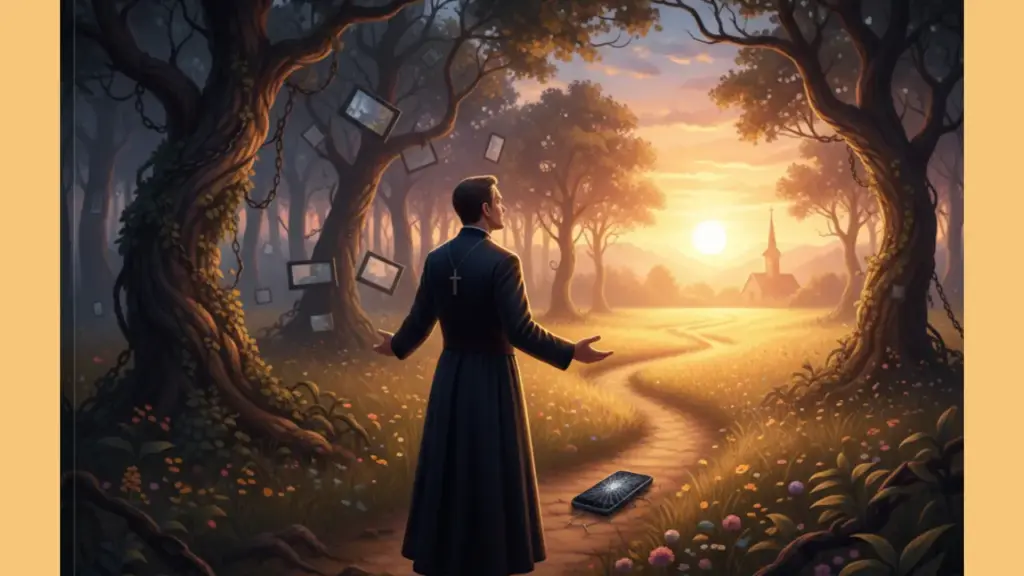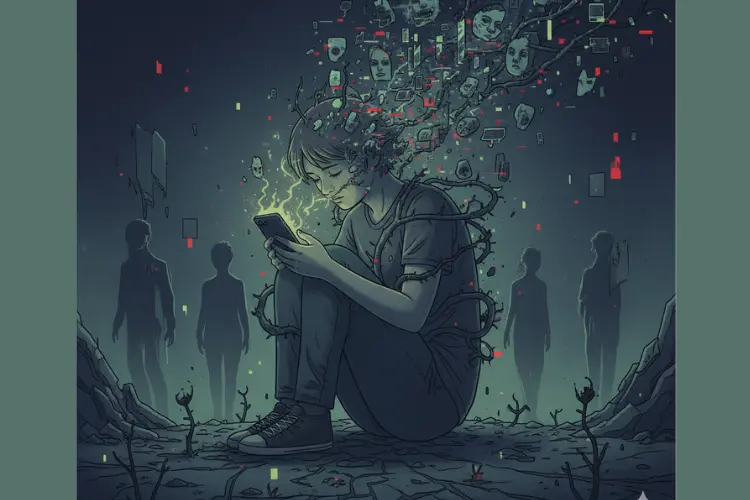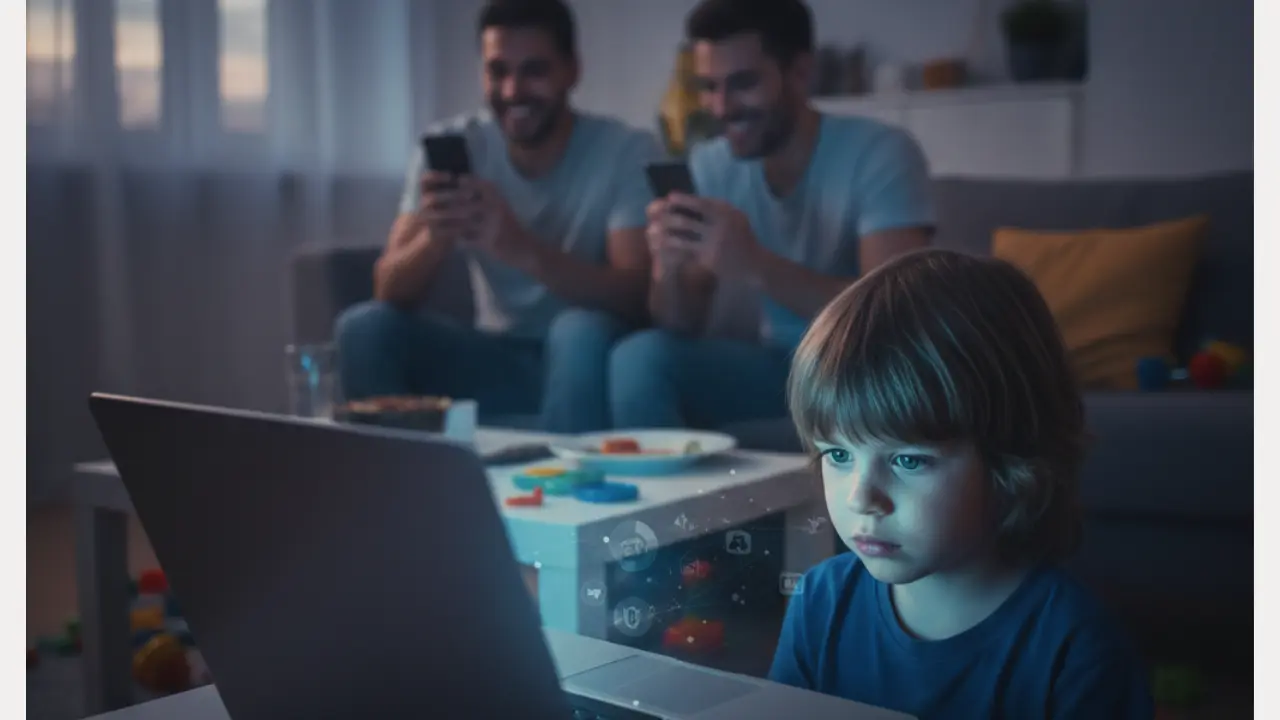1. Introduction: The Hidden Epidemic
Pornography is one of the most silent yet destructive epidemics of our time. It doesn’t just affect individuals—it shakes the very foundations of marriages, families, and communities. With easy access to explicit content, many fall into its trap without realizing the long-term consequences. Pastor Nathan’s story offers a raw, emotional, and faith-based perspective on overcoming pornography addiction. His journey from shame and secrecy to healing and redemption is not just inspirational—it’s a roadmap for anyone seeking recovery. In this article, we explore his story, the effects of pornography, and practical ways to protect ourselves and our loved ones.2. Pastor Nathan’s Journey: From Addiction to Redemption
Pastor Nathan’s struggle began like many others—with a moment of curiosity. As a teenager, he stumbled upon a pornographic magazine. What seemed harmless at first soon became a habit that spiraled out of control.
Years of addiction led to guilt, shame, and isolation. His faith was shaken, his marriage strained, and his mental health deteriorated. He felt trapped in a secret world he couldn’t escape. The more he tried to stop, the more he felt powerless against the pull of temptation.
But everything changed when he decided to confront the truth. Instead of hiding, Nathan sought help from his faith community, a counselor, and his wife. Through prayer, accountability, and professional guidance, he began his journey toward healing.
Recovery wasn’t instant. It took courage, consistency, and forgiveness—especially forgiving himself. Over time, he rebuilt trust with his wife and rediscovered his purpose as a pastor and a man of faith.
Nathan’s story reminds us that freedom is possible. Overcoming pornography isn’t just about quitting a habit—it’s about reclaiming one’s identity, values, and spiritual strength.
3. The Effects of Pornography: A Closer Look
a. On Individuals
Pornography deeply affects mental and emotional health. It distorts reality, creating false expectations about intimacy and relationships. Many people who consume porn regularly experience loneliness, depression, and low self-esteem.
Scientific research shows that pornography triggers the brain’s reward system, releasing dopamine—the same chemical linked to drug addiction. Over time, this rewiring can make quitting extremely difficult. Individuals often find themselves trapped in a cycle of craving, regret, and relapse.
The long-term effects can include decreased motivation, difficulty forming real emotional connections, and social withdrawal. This isn’t just a moral issue—it’s a psychological and neurological one.
b. On Marriages
Pornography can destroy the foundation of trust in a marriage. It replaces genuine intimacy with unrealistic fantasies and creates emotional distance between partners.
Spouses often feel betrayed, inadequate, or unwanted. The discovery of a partner’s addiction can cause anger, resentment, and heartbreak. Communication breaks down, and emotional intimacy fades.
However, recovery is possible. Open communication, counseling, and mutual commitment can rebuild trust. Healing takes time, but couples who address the problem together often find their relationship stronger than before.
c. On Society
Pornography’s influence extends beyond individuals and families—it shapes culture. It normalizes objectification, distorts views of consent, and promotes unhealthy attitudes toward intimacy.
These distorted messages can contribute to gender inequality, the breakdown of family values, and increased exploitation. The porn industry’s profits often come at the expense of vulnerable individuals who are coerced or manipulated.
Addressing pornography is not just a personal choice—it’s a social responsibility. When we challenge harmful media norms and support awareness programs, we strengthen our collective moral fabric.
4. Understanding and Managing Triggers
a. Identifying Triggers
The first step toward freedom is understanding what triggers the urge to consume pornography. Pastor Nathan identified two major triggers in his life: stress and loneliness.
Many people turn to pornography as a way to escape emotional pain or boredom. Triggers can be emotional, such as anxiety or frustration, or situational, like having unstructured free time or unrestricted internet access.
Recognizing personal triggers is essential to breaking the cycle. Awareness helps individuals anticipate temptation before it happens and create a plan to resist it.
b. Managing Triggers
Managing triggers requires both discipline and support. Here are practical steps that can make a real difference:
- Stay Active: Exercise, volunteer, or pursue creative hobbies to occupy your mind.
- Seek Support: Talk openly with trusted friends, mentors, or counselors. Accountability strengthens resolve.
- Set Boundaries: Use tools like screen time limits, device filters, or accountability apps.
- Practice Mindfulness: Meditation, prayer, and journaling can help process emotions and reduce cravings.
Replacing pornography with positive habits is key. For Pastor Nathan, moments of temptation became opportunities to pray, reflect, or spend time with loved ones. Over time, his triggers lost their power.
c. Breaking the Cycle
Breaking free isn’t just about willpower—it’s about building a life that doesn’t need pornography. Create routines filled with purpose. Focus on faith, relationships, and personal growth.
Building a support network is critical. When you share your struggles, you remove the power of secrecy. Professional therapy, support groups, and community programs offer proven strategies for lasting recovery.
Remember: relapse doesn’t mean failure. It’s part of the healing journey. The key is persistence—each step forward brings you closer to freedom.
5. Protecting Families and Communities
a. Safeguarding Families
The best defense against pornography’s influence starts at home. Parents play a crucial role in guiding children through digital life.
Start early by talking openly about media, respect, and healthy relationships. Create an environment where kids feel safe asking questions about sensitive topics.
Here are a few actionable steps for families:
- Set Clear Boundaries: Establish screen-time rules and shared device usage.
- Monitor Content: Use parental control tools and safe browsing software.
- Foster Open Dialogue: Encourage honest discussions about peer pressure and online risks.
Children learn by example. When parents model healthy relationships and responsible media use, kids are more likely to do the same.
b. Community Advocacy
Communities have the power to change narratives. Churches, schools, and civic organizations can host awareness events to educate people about the harmful effects of pornography.
Workshops and seminars can teach coping strategies, promote counseling resources, and normalize open discussion. Silence allows addiction to grow—conversation brings healing.
Supporting organizations that promote digital wellness or mental health can make a tangible difference. When communities unite against harmful influences, they foster resilience and hope.
6. A Message of Hope
Pastor Nathan’s journey proves one powerful truth: redemption is always possible. No matter how deep the struggle, healing can begin the moment someone decides to seek help.
Freedom from pornography starts with one courageous act—acknowledging the problem. From there, faith, therapy, and community support can guide the way.
Recovery is not a single moment; it’s a process filled with small victories. Every day free from pornography is a step toward peace and purpose.
If you’re struggling, remember: you are not alone. Many have walked this path and found restoration. Hope is real. Healing is possible.
7. Conclusion: Healing Starts with Awareness
Pornography’s impact reaches far beyond the screen—it affects hearts, minds, and entire generations. But the fight isn’t hopeless. Awareness, education, and open communication are powerful tools for change.
Families can protect themselves by talking openly, setting digital boundaries, and using technology wisely. Communities can break the silence by promoting discussions and resources that empower healing.
Tools like CleanRouter provide a vital layer of online safety, helping families block explicit content and maintain a healthy digital environment. Combining faith, technology, and education creates a shield against harmful influences.
Pastor Nathan’s story is a beacon of light in a dark world. His journey shows that freedom is not just possible—it’s waiting for those willing to take the first step. By choosing awareness, accountability, and faith, we can create homes and communities built on respect, trust, and love.





